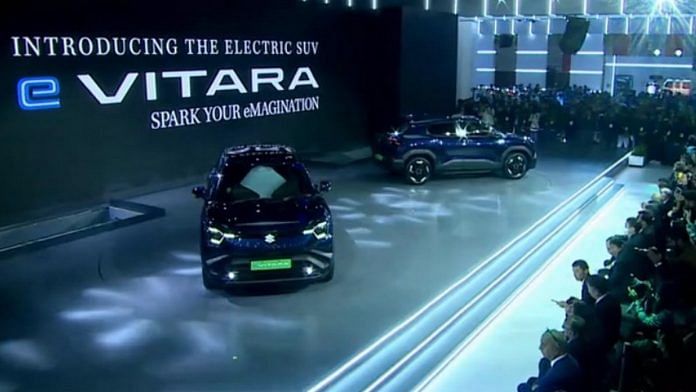On the surface, the collaboration seems like a masterstroke: Toyota brings the global EV pedigree, and Maruti brings its local manufacturing prowess and market reach. But scratch the surface, and a more complex picture emerges.
The first and most obvious synergy lies in technology transfer. Toyota, a pioneer in hybrid technologies and a late yet serious entrant in the full-EV race, can help Maruti leapfrog years of R&D. Battery efficiency, thermal management, and drivetrain systems—areas where Maruti currently lacks depth—are where Toyota can provide invaluable expertise.
For a brand that has never launched a full EV, this partnership offers a plug-in to immediate technological legitimacy. Maruti’s cost leadership and manufacturing scale are a perfect foil to Toyota’s often premium positioning. By localising production, particularly battery assembly, and leveraging India as a global export hub, the two companies can drive down unit economics. If executed with discipline, the partnership could deliver EVs that are not just affordable but profitable. In an industry where margins are notoriously thin, that’s no small feat.
Distribution is another strength. Maruti’s sprawling dealership and service network, especially in Tier-2 and Tier-3 towns, gives Toyota on-ground reach it could never build independently in India. While Toyota’s brand may attract a more premium customer, Maruti’s deep customer base and after-sales efficiency can help democratise EV adoption across income segments.
Yet, for all the strategic alignment, Maruti must tread carefully. The history of the automotive industry is littered with alliances that began with promise and ended in pain. Renault–Nissan–Mitsubishi, Daimler–Chrysler, and even Ford–Mahindra all started with synergies on paper but floundered in execution due to cultural mismatches, conflicting market priorities, and technology silos. The risk of overdependence is real. If Toyota remains the sole source of innovation, Maruti could find itself permanently playing catch-up, its strategic agility tied to another company’s roadmap.
The partnership also carries brand positioning risks. Maruti is mass-market. Toyota, especially in the EV space, may aspire to higher perceived value. Cross-badged EVs can confuse consumers if the differentiation is not crystal clear. What works in badge engineering for ICE vehicles like the Glanza and Urban Cruiser Hyryder may not translate seamlessly to the EV domain, where design, performance, and digital interfaces are central to brand identity.
Perhaps the most existential question is whether Maruti can afford to let its future be shaped by another firm. In the short run, Toyota is a strategic bridge to the EV era. In the long run, however, Maruti must build its own battery R&D, software ecosystems, and autonomous tech capabilities. If the EV transition is a marathon, partnerships are merely pit stops, not the race strategy.
Tesla’s anticipated India entry and Tata’s aggressive roadmap will only intensify competitive pressures. In this context, Maruti’s success will not hinge on being first but on being resilient and responsive. The partnership with Toyota gives it a powerful springboard—but only if it invests concurrently in its own learning curve. In sum, the Maruti-Toyota alliance offers a rare chance for India’s automotive titan to reinvent itself. But reinvention demands more than riding pillion on someone else’s EV—it demands driving one’s own transformation.
(Edited by Asavari Singh)








